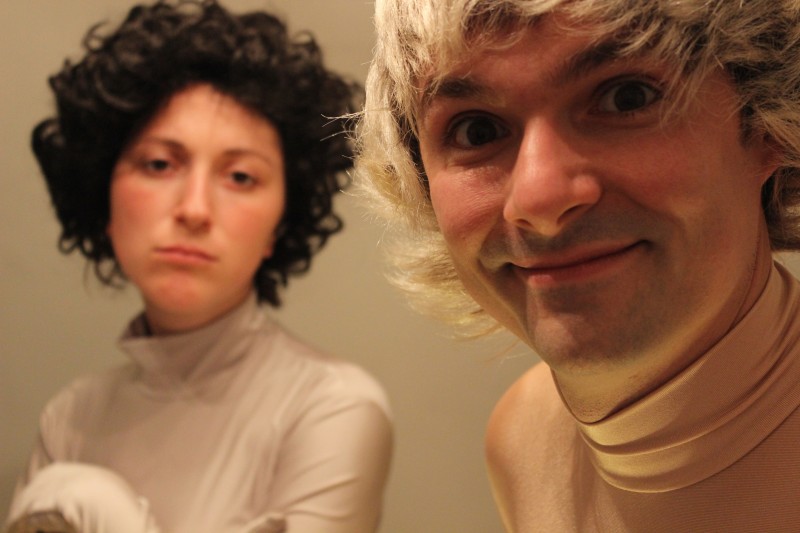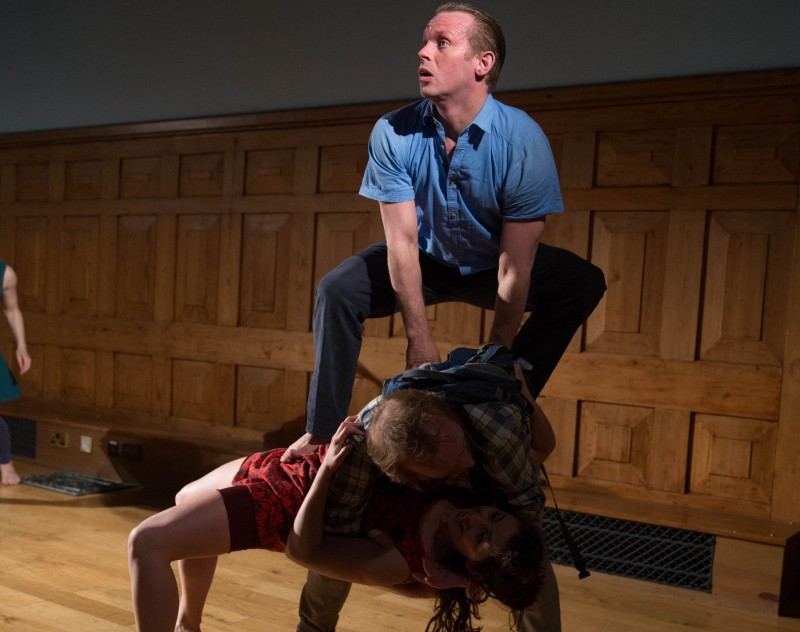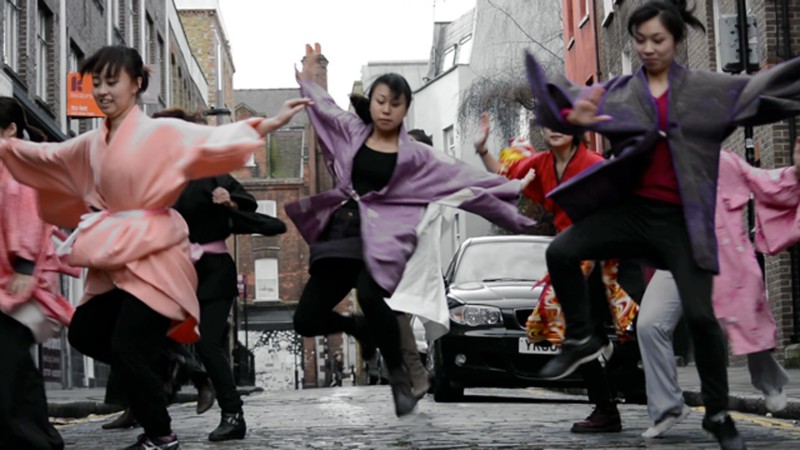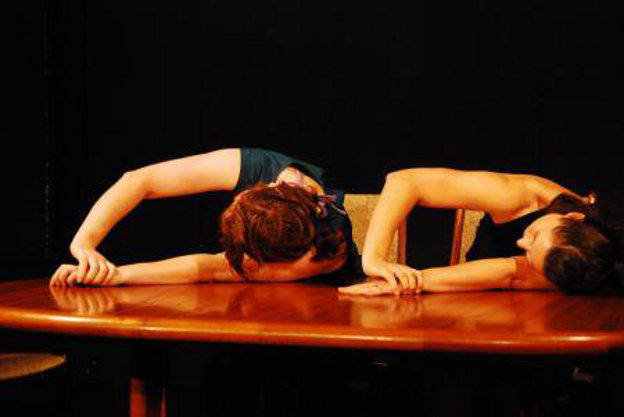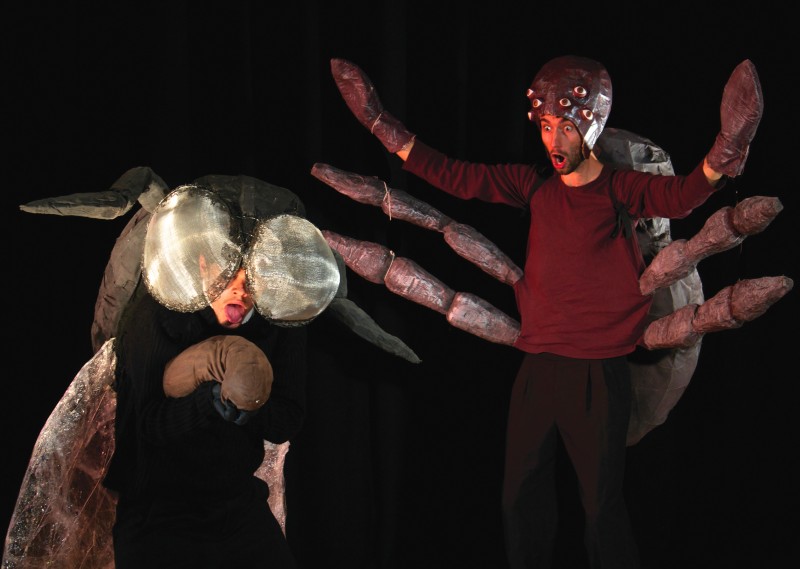 Engaging, interesting and funny, Buddhism: Is It Just For Losers keeps the audience chortling if not belly-laughing throughout. Premiering in last year’s Fringe at the Nightingale, this year reworked and at the Marlborough Theatre, it was a safe pick for the Fringe reflected in enthusiastic full houses (sandwiched in a superb range of programming at the Marlborough that combines great LGBT theatre with mainstream in an entirely laudable mix). Having seen the show in both incarnations however, it seemed to me to have lost some of its most successful gags: no spider sprawled against a urinal, no ‘Show me the way to go Om’ in this version. The central tenet of the show – the rationalist’s non-sense therapy – is more clearly set out, giving it greater drive and clarity, but losing in the process the wider-ranging clowning and general idiocy of the first show, which I missed.
Engaging, interesting and funny, Buddhism: Is It Just For Losers keeps the audience chortling if not belly-laughing throughout. Premiering in last year’s Fringe at the Nightingale, this year reworked and at the Marlborough Theatre, it was a safe pick for the Fringe reflected in enthusiastic full houses (sandwiched in a superb range of programming at the Marlborough that combines great LGBT theatre with mainstream in an entirely laudable mix). Having seen the show in both incarnations however, it seemed to me to have lost some of its most successful gags: no spider sprawled against a urinal, no ‘Show me the way to go Om’ in this version. The central tenet of the show – the rationalist’s non-sense therapy – is more clearly set out, giving it greater drive and clarity, but losing in the process the wider-ranging clowning and general idiocy of the first show, which I missed.
The show begins with a fine riff on EST (Erhardt Sensitivity Training) trainers introducing you to the contents of your ‘seminar.’ The reference is probably lost on most of the audience who weren’t around for the excesses of long transformative therapy sessions in the seventies and eighties, but you get the gist – enlightenment will be yours if you do it right, pay attention, and don’t miss the important bits. Young performers Merry Colchester and Joe Mulcrone deliver a consummate comic double act, the timing perfectly honed (by artistic director Matt Rudkin with guest director Toby Park of clowns extraordinaires Spymonkey). The show’s wild mix of puppetry, model helicopters and extravagant costumes then turns all of this on its head, with all sorts of levels of humour from finely wrought physical puppetry jokes (with brilliant riffs on coyly-arriving extra puppeteer hands, and on the bemusement of the suddenly exposed puppeteer) to satirical asides. Having been lucky enough to see both versions though, it’s clear that the original packed in so much more. There seems to have been a process of honing down the show that, while it remains funny and entertaining, has filed down some of its wacky anarchic edge. Bring back the gorilla and the ascent of man is what I say!

